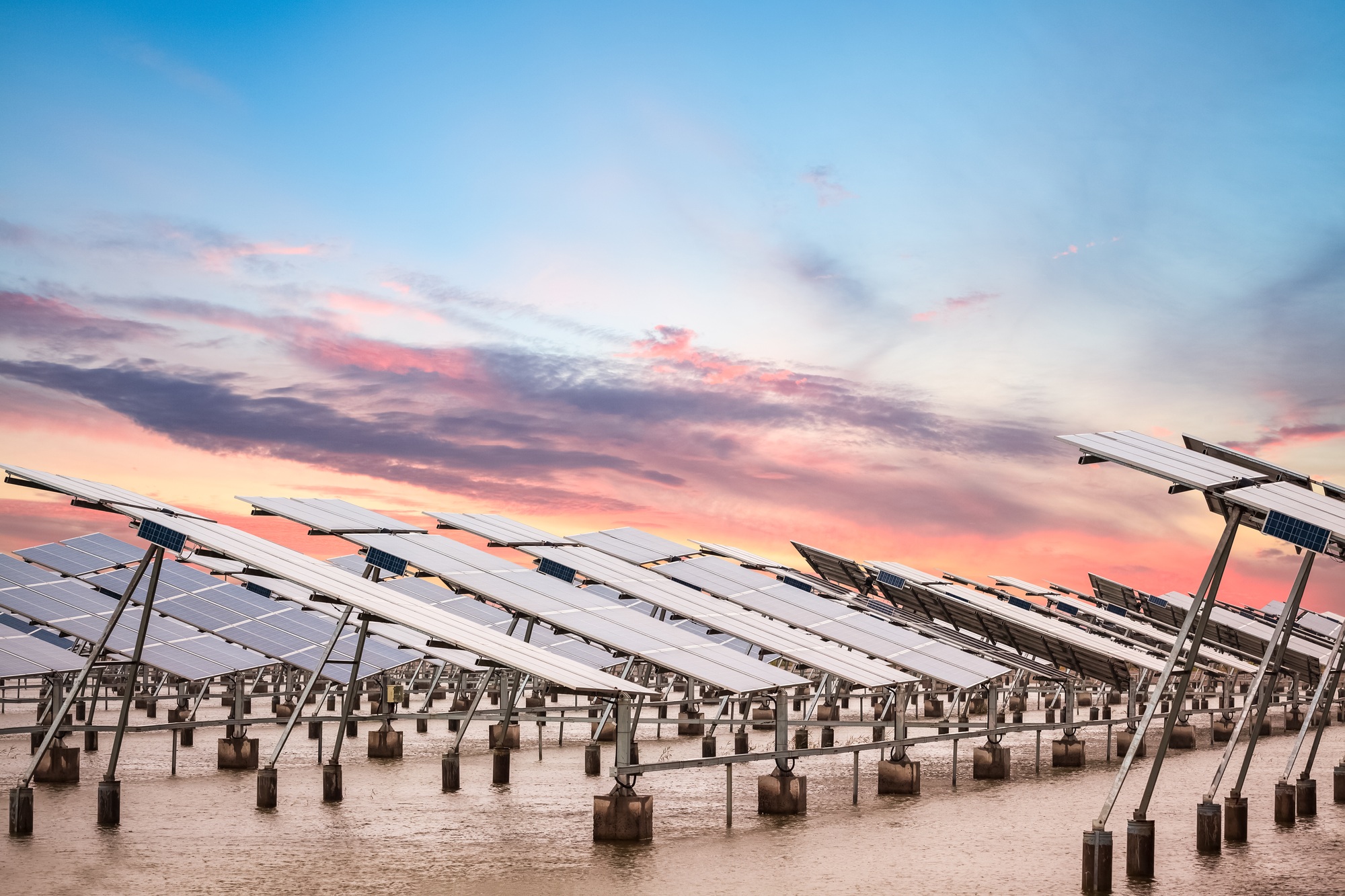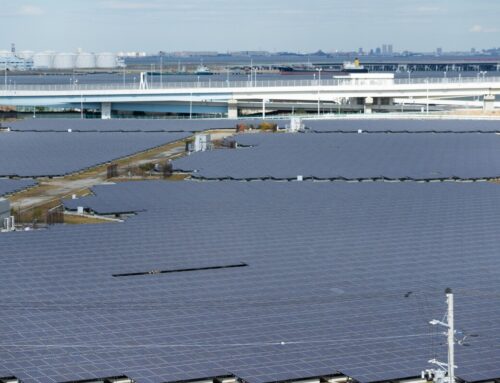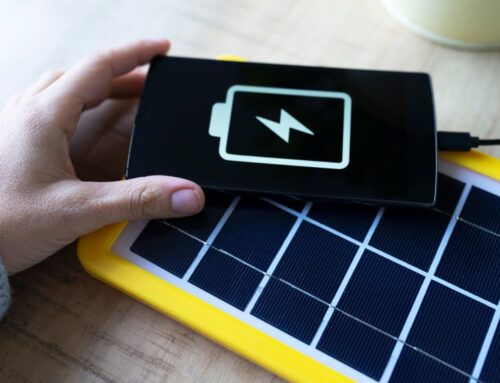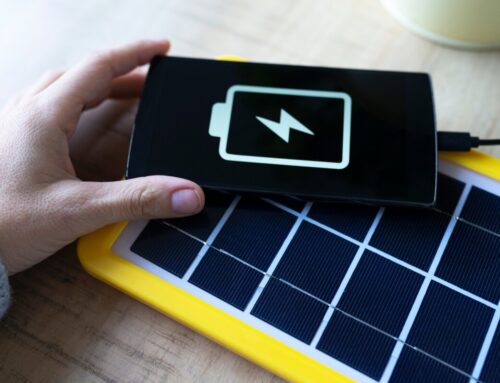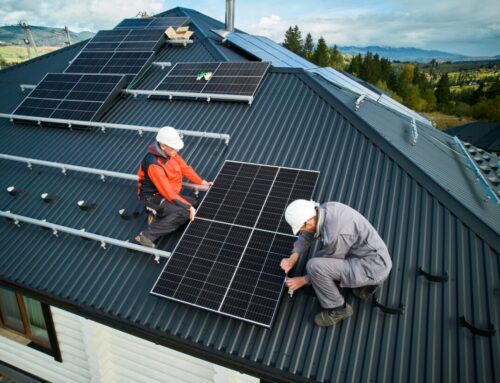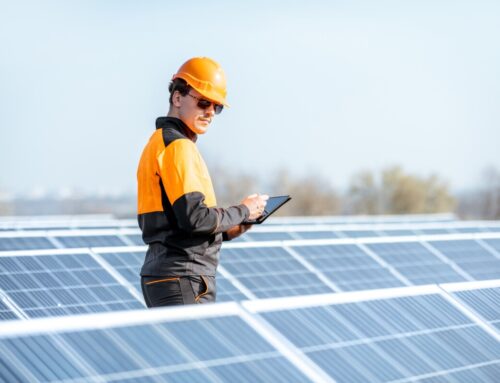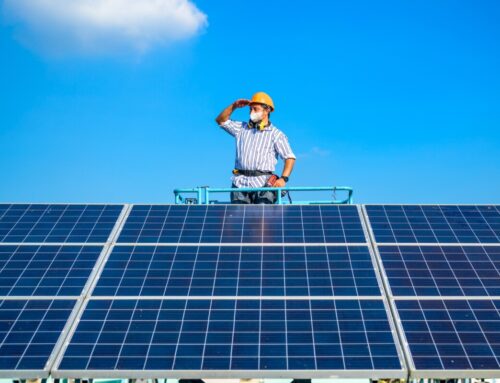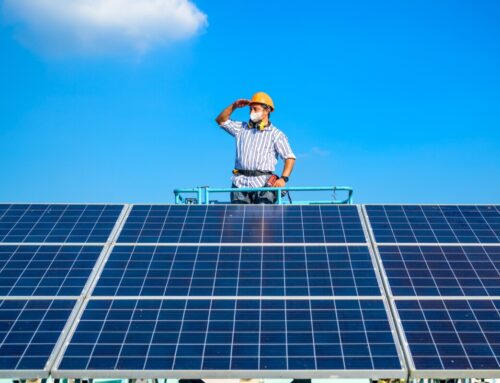What is a Solar Power Plant? Explained
Have you ever wondered, “What is a solar power plant?” Imagine harnessing the sun’s energy to power our world—sounds like science fiction, right? But it’s very much a reality today. Solar power plants are revolutionizing how we generate electricity, offering a clean, renewable alternative to fossil fuels. In this section, we’ll explore how these fascinating facilities work and why they’re crucial for a sustainable future.
How Solar Power Plants Work
Solar power plants capture sunlight and convert it into electricity through photovoltaic (PV) panels or concentrated solar power (CSP) systems. Here’s a quick breakdown:
- Photovoltaic Panels: These panels use semiconductor materials to directly convert sunlight into electricity.
- Concentrated Solar Power Systems: CSP systems use mirrors or lenses to focus sunlight onto a small area, generating heat that drives a turbine to produce electricity. By understanding these processes, we can appreciate the innovative technology behind solar power plants and their role in reducing our carbon footprint.
What Is a Solar Power Plant? Exploring Its Core Components
Imagine harnessing the sun’s power to generate electricity for thousands of homes. That’s exactly what a solar power plant does! But what is a solar power plant, and how does it work? This fascinating technology offers a sustainable solution to our energy needs, promising a cleaner and greener future. Let’s delve into the core components that make these plants tick and explore how they transform sunlight into usable power.
Core Components of a Solar Power Plant
- Solar Panels: At the heart of any solar power plant are the solar panels. These panels are made up of photovoltaic cells that capture sunlight and convert it into direct current (DC) electricity. The efficiency of a solar power plant largely depends on the quality and arrangement of these panels.
- Inverters: Once the solar panels have done their job, inverters come into play. They convert the DC electricity into alternating current (AC), which is the form of electricity used in homes and businesses. This conversion is crucial for integrating solar power into the existing electrical grid.
The Role of the Grid and Storage Systems A solar power plant’s connection to the electrical grid ensures that the generated electricity can be distributed efficiently. Additionally, storage systems like batteries are often used to store excess energy produced during sunny periods. This stored energy can then be used when sunlight is scarce, ensuring a consistent power supply. By understanding these components, we can appreciate how solar power plants contribute to a sustainable energy future.
How Do Solar Power Plants Work? A Step-by-Step Guide
Have you ever wondered, “What is a solar power plant?” and how it transforms sunlight into electricity? Solar power plants are fascinating marvels of modern technology that harness the sun’s energy to power our world sustainably. Understanding how they work can shed light on their potential to revolutionize energy consumption and reduce our carbon footprint.
Solar power plants operate through a series of well-coordinated steps.
- Solar Panels Capture Sunlight: The process begins with photovoltaic (PV) panels absorbing sunlight. These panels contain cells made of semiconductor materials, like silicon, which convert sunlight into direct current (DC) electricity.
- Inverters Convert Electricity: Next, inverters play a crucial role by converting DC electricity into alternating current (AC), which is the form of electricity used in homes and businesses.
- Electricity Distribution: Finally, the AC electricity is transmitted through power lines to the grid, where it can be distributed to power homes, businesses, and industries. By understanding these steps, we can appreciate the efficiency and innovation behind solar power plants. With ongoing advancements, these plants continue to become more efficient, making solar energy an increasingly viable and eco-friendly alternative to fossil fuels.

Curious about solar? Let us help you discover how solar energy can revolutionize your home and save you money. Request Your Free Solar Estimate at SOLAR ENERGY
The Different Types of Solar Power Plants: Which Is Right for You?
Curious about what is a solar power plant? Imagine harnessing the sun’s energy to power your home or business, reducing your carbon footprint while saving on electricity bills. Solar power plants are the backbone of this green revolution, converting sunlight into usable electricity. But with various types available, how do you choose the right one? Let’s explore the different types of solar power plants and find out which might suit your needs best.
Photovoltaic (PV) Solar Power Plants
- How They Work: These plants use solar panels made of semiconductor materials to convert sunlight directly into electricity.
- Best For: Residential and commercial use, especially in areas with ample sunlight.
Concentrated Solar Power (CSP) Plants
- How They Work: CSP plants use mirrors or lenses to concentrate a large area of sunlight onto a small area, converting it into heat to drive a steam turbine connected to an electric power generator.
- Best For: Large-scale energy production, ideal for industrial applications and regions with high solar insolation. Choosing the right type of solar power plant depends on your specific energy needs, location, and budget. Whether you opt for PV or CSP, both offer sustainable solutions to meet the growing demand for clean energy.
Harnessing the Sun: The Technology Behind Solar Power Plants
Have you ever wondered, what is a solar power plant? Imagine harnessing the sun’s abundant energy to power our world—sounds futuristic, right? Yet, it’s happening today! Solar power plants are revolutionizing how we generate electricity by converting sunlight into energy. But how does this fascinating technology work? Let’s dive into the mechanics behind these sun-powered marvels and discover how they are shaping a sustainable future.
Solar power plants primarily use photovoltaic (PV) cells or concentrated solar power (CSP) systems to capture sunlight.
- Photovoltaic Cells: These cells, often made from silicon, absorb sunlight and convert it directly into electricity through the photovoltaic effect. This process is clean, efficient, and increasingly cost-effective.
- Concentrated Solar Power Systems: CSP systems use mirrors or lenses to focus sunlight onto a small area, generating heat that drives a turbine connected to an electricity generator. This method is particularly effective in sunny regions and can store energy for use when the sun isn’t shining. By understanding these technologies, we can appreciate how solar power plants are paving the way for a greener planet.
Read Also: Unlock the Science: How Solar Thermal Energy Works!
Environmental Impact: How Solar Power Plants Benefit the Planet
What is a solar power plant? Imagine harnessing the sun’s energy to power our homes and businesses, reducing our reliance on fossil fuels. Solar power plants do just that, offering a sustainable solution to our energy needs. But how exactly do they benefit the environment? Let’s explore the positive impacts these renewable energy sources have on our planet.
Reducing Carbon Footprint
Solar power plants significantly cut down on greenhouse gas emissions.
Unlike traditional power plants that burn fossil fuels, solar facilities generate electricity without releasing carbon dioxide or other harmful pollutants. This reduction in emissions helps combat climate change, making solar energy a cleaner, greener choice for the future.
Conserving Water Resources
Traditional power generation often requires vast amounts of water for cooling and processing. In contrast, solar power plants use minimal water, conserving this precious resource. By reducing water consumption, solar energy not only supports environmental sustainability but also ensures that water remains available for agricultural and personal use, especially in arid regions.
Economic Advantages: Why Investing in Solar Power Plants Makes Sense
What is a solar power plant? It’s a revolutionary facility that harnesses the sun’s energy to generate electricity, offering a sustainable solution to our growing energy needs. As the world shifts towards renewable energy, understanding how solar power plants work becomes crucial. These plants convert sunlight into electricity using photovoltaic cells or solar thermal systems, providing a clean, renewable energy source.
But beyond environmental benefits, investing in solar power plants also makes economic sense. Cost Savings and Long-term Benefits Investing in solar power plants can lead to significant cost savings. Once installed, these plants have low operational costs since sunlight is free. Additionally, they reduce reliance on fossil fuels, which are subject to volatile prices.
Over time, the initial investment is offset by the savings on energy bills and potential government incentives. Job Creation and Economic Growth Solar power plants contribute to economic growth by creating jobs in manufacturing, installation, and maintenance. As the demand for renewable energy increases, so does the need for skilled workers, boosting local economies. Moreover, solar power plants can attract investments and stimulate technological advancements, further enhancing economic development.
Challenges and Solutions: Overcoming Obstacles in Solar Power Generation
Harnessing the sun’s energy through solar power plants is a promising solution to our growing energy needs. But what is a solar power plant? Learn how it works and you’ll discover that while the potential is vast, there are significant challenges to overcome. From efficiency issues to environmental impacts, solar power generation faces hurdles that require innovative solutions.
Efficiency and Storage One of the primary challenges in solar power generation is efficiency. Solar panels convert sunlight into electricity, but not all of the sun’s energy is captured. To address this, advancements in photovoltaic technology are being developed to enhance energy conversion rates. Additionally, energy storage solutions, such as batteries, are crucial for storing excess energy generated during peak sunlight hours, ensuring a steady power supply even when the sun isn’t shining.
Environmental and Land Use Concerns Solar power plants require significant land space, which can lead to habitat disruption. To mitigate this, developers are exploring dual-use solar farms that combine energy generation with agricultural activities. Moreover, recycling programs for solar panels are being implemented to reduce waste and environmental impact, ensuring that solar power remains a sustainable energy source.
How NewSolarQuote Can Help You Explore Solar Power Plant Solutions
In a world increasingly focused on sustainable energy, understanding the basics of solar power is crucial. So, what is a solar power plant? It’s a facility that harnesses sunlight to generate electricity, offering a clean, renewable energy source. However, navigating the complexities of solar power can be daunting.
That’s where we come in, promising to simplify your journey towards sustainable energy solutions.
How NewSolarQuote Can Help You Explore Solar Power Plant Solutions
At NewSolarQuote, we specialize in guiding you through the maze of solar power plant options. Whether you’re curious about how these plants convert sunlight into electricity or the benefits they offer, our resources are designed to provide clarity. We break down the process into easy-to-understand steps, ensuring you grasp the essentials without feeling overwhelmed.
Key Benefits of Solar Power Plants
- Renewable Energy Source: Solar power plants utilize the sun, a limitless resource, reducing reliance on fossil fuels.
- Environmental Impact: By producing clean energy, they significantly lower carbon footprints.
- Cost Efficiency: Over time, solar power can lead to substantial savings on energy bills. With our expert insights and comprehensive guides, you’ll be well-equipped to explore solar power plant solutions that align with your energy needs and sustainability goals.
Don’t wait to go solar! Thousands of homeowners are saving—join them and start reaping the benefits.
Book Your Free Consultation at SOLAR ENERGY
Explore additional solar solutions at NEW SOLAR QUOTES and discover how it can benefit your home!

